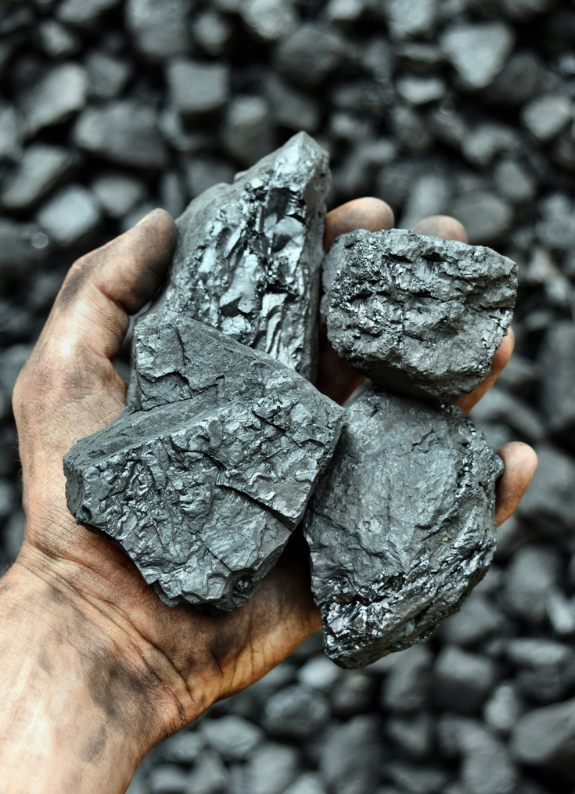In this report, Earthworks, Transport and Environment, and Earthjustice highlight the potential of remining to help meet the increasing demand for transition minerals. However, further study and stronger regulations are necessary before this new innovation can support a safe, just, and sustainable clean energy transition.
Developed to assist policy makers and technical experts in initiating discussions with environmental and human rights leaders, as well as representatives of impacted communities, “Remining for the Energy Transition” dissects what is known and unknown about remining today: how renewable energy minerals can be recovered from mine waste deposits, its possible benefits and dangers, and practices that best reinforce gains and mitigate risks.
Remining mine waste is touted as an alternative to virgin extraction for its promise to deliver better community, conservation, and climate outcomes.
But is remining the silver bullet many deem it to be?
This report highlights its potential to meet some of the demand for transition minerals. Remined cobalt, for example, could power more than 185,000 electric vehicles. However, more work is still needed to ensure remining is safe and sustainable for people, communities, and our planet.
As such, the report recommends:
- Conducting More Research to Understand Risks
Before remining can be regarded as a viable option, assessments of the risks in extracting minerals from mine waste at the volume required to support energy transition demands must be conducted.
What Further Studies Are Needed?
- Characterize mine waste deposits to determine the availability and extractability of minerals
- Review the life-cycle impacts of remining to identify all the risks throughout the process
- Establish best practices to ensure safe remining operations
- Setting and Implementing Safeguards and Standards
Stronger policies and mandatory social and environmental regulations are necessary to hold mining companies accountable for safeguarding the health, water, and livelihoods of people living in or nearby remining sites.
What Policies Are Needed?
- Update mining laws and establish remining rules
- Strengthen the National Environmental Policy Act
- Require Free, Prior and Informed Consent over the life cycle of remining projects
- Include the identification and characterization of waste sources in the United States Environmental Protection Agency’s Toxic Release Inventory
What Mining Regulatory Standards Are Needed?
- Apply due diligence and traceability requirements across the supply chain
- Implement mandatory circular economy plans in remining projects
- Incorporate mining regulations to remining, including impact assessments in the permitting process
For more information, contact:
Aaron Mintzes, Senior Policy Counsel, amintzes@earthworksaction.org
Jan Morrill, Tailings Campaign Manager, jmorrill@earthworksaction.org

